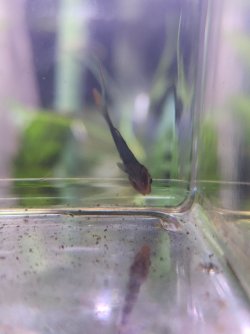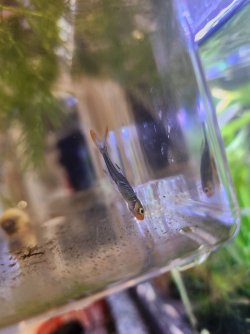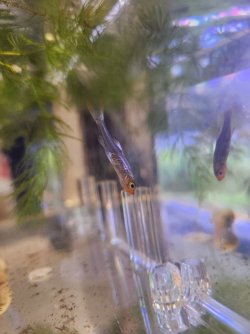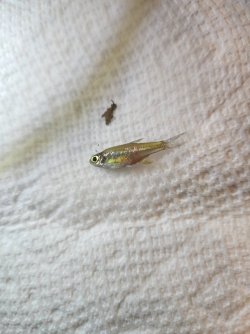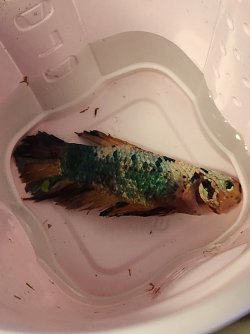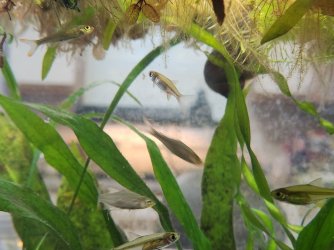How long was the tank set up for before you got the fish?
What is the ammonia, nitrite, nitrate and pH of the water?
What sort of filter is on the tank?
How often and how do you clean the filter?
How often do you do water changes and how much do you change?
Do you gravel clean the substrate when you do a water change?
Do you dechlorinate the new water before adding it to the aquarium?
How long does it take the fish to get skinny?
What does the fish's poop look like?
Are the fish eating well?
----------------------
No idea what focus is.
Paracleanse contains Metronidazole and Praziquantel.
Metronidazole is an antibiotic that can be used to treat internal protozoan infections in fish.
Praziquantel treats tapeworm and gill flukes.
Kanaplex is antibiotic (Kanamycin) and should only be used on known bacterial infections that haven't responded to normal treatments. Improper use and mis-use of antibiotics has lead to drug resistant bacteria that kill birds, fish, reptiles, animals and people.
----------------------
Red lines in the fins can be from poor water quality that allows a bacterial infection in. Making sure there is no ammonia or nitrite in the water is a good starting point for this. Salt and clean water can usually fix this if caught early.
The fish is really skinny and probably has round/ thread worms and possibly gill flukes. I would check the water quality and then treat all your fish (in all tanks) for thread/ round worms.
Section 3 of the following link has information on treating fish for intestinal worms.
Fish do a stringy white poop for several reasons. 1) Internal Bacterial Infections causes the fish to stop eating, swell up like a balloon, breath heavily at the surface or near a filter outlet, do stringy white poop, and die within 24-48 hours of showing these symptoms. This cannot normally be...

www.fishforums.net

